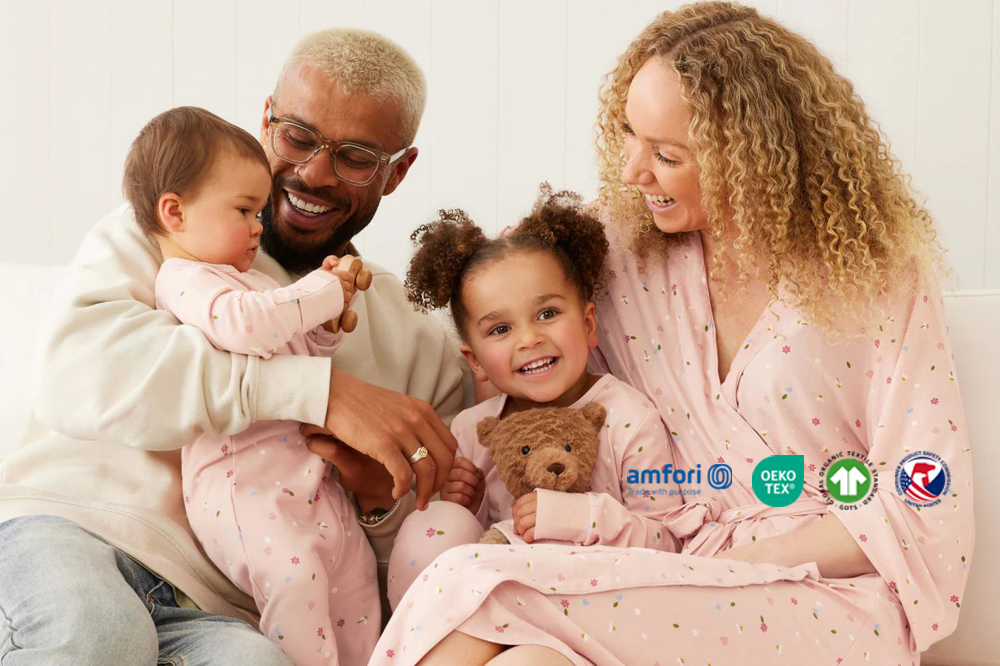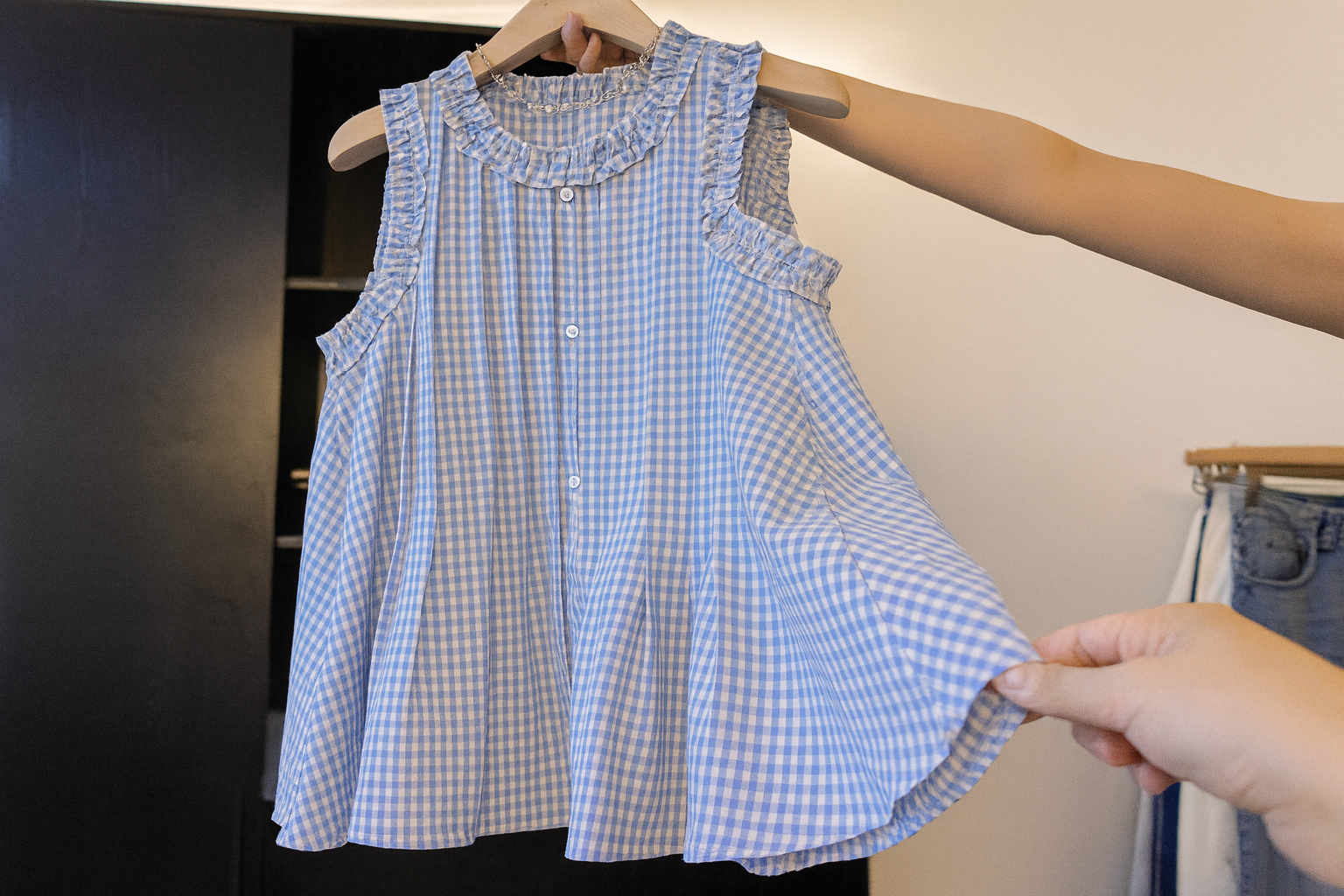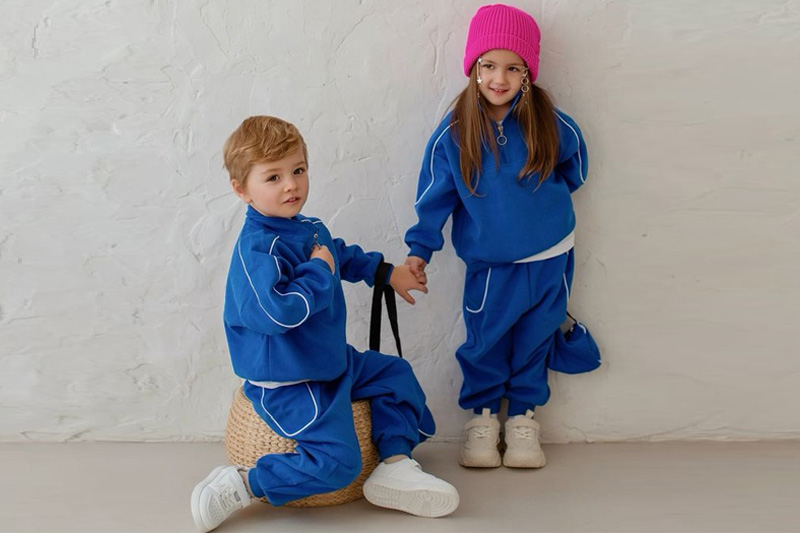When it comes to children's clothing, safety is not just a priority—it's a must. Parents, and even brands themselves, expect high-quality clothing that will not only look great but also keep children safe.
Safety standards in children's clothing ensure that fabrics, dyes, and overall design don’t pose any harm. By understanding these standards, emerging brands can better protect their customers and enhance their reputation for reliability and trustworthiness.
Safety is the foundation of any great children's clothing brand, can ensure your products are both safe and stylish.
Why Safety Standards Are Essential for Emerging Children’s Clothing Brands
Ensuring safety standards in children’s clothing is crucial. As an emerging brand, making safety a cornerstone of your business will not only protect your little customers but also help you build a trustworthy reputation. But what exactly does that mean for your product development?
Safety standards protect children from harmful materials. These regulations cover everything from toxic chemicals to choking hazards in clothing, ensuring your designs are safe for wear.
Dive deeper into why safety standards matter
As a children’s clothing brand owner, the last thing you want is to deal with recalls or damage to your brand’s reputation. The safety of children’s clothing is regulated globally by organizations like the U.S. Consumer Product Safety Commission (CPSC) and the European Union’s REACH guidelines. These rules are in place to prevent clothing items from containing harmful substances like lead or certain flame retardants that can be dangerous for young children.
While it may seem overwhelming at first, understanding and adhering to safety standards will give you a significant competitive edge. Here’s a breakdown of some common standards and regulations to keep in mind:
- Flammability regulations: Children’s sleepwear, especially, must pass flammability tests to prevent the risk of fires. This is a crucial part of ensuring safety, especially for younger kids.
- Choking hazards: Items like buttons, beads, and small decorations on clothing must meet specific size and strength requirements to avoid posing a choking hazard.
- Chemical safety: The use of harmful chemicals in dyes, fabrics, and finishes is strictly regulated. You’ll need to ensure that any chemical processing follows the necessary standards to protect kids’ health.
These regulations help protect not only the physical safety of children but also foster trust among parents who rely on brands that prioritize safety.
How to choose safe and eco-friendly fabrics for kids' clothing
Eco-friendly fabrics play a dual role in both protecting the environment and safeguarding the children who wear them. When selecting fabrics for your children’s clothing line, it’s crucial to consider both safety and sustainability.
Eco-friendly fabrics are free from harmful chemicals and better for sensitive skin. Materials like organic cotton, bamboo, and hemp are fantastic options for ensuring your clothing is not only safe but also environmentally conscious.
Dive deeper into choosing the right fabrics
Fabric choice is essential in children’s clothing, especially when considering sensitive skin and allergic reactions. Organic fabrics are a great choice because they are grown without the use of harmful pesticides, making them less likely to irritate delicate skin. Some popular options include:
- Organic Cotton: This soft fabric is gentle on the skin and free from synthetic chemicals, making it ideal for babies and young children.
- Bamboo: Naturally hypoallergenic and antibacterial, bamboo fabric is not only eco-friendly but also provides a soft, breathable alternative for children's clothing.
- Hemp: Hemp is a durable, eco-friendly fabric that is naturally resistant to mold and bacteria, which makes it a great choice for active kids.
By choosing these fabrics, you’re not only ensuring safety for children but also positioning your brand as one that cares about sustainability and environmental impact.
Understanding chemical regulations in kids clothing manufacturing
Chemicals used in children’s clothing manufacturing must be carefully regulated to prevent harm. From fabric dyes to finishes, the chemicals in your clothes must meet international standards to ensure safety.
Certain chemicals, like formaldehyde and azo dyes, can be toxic. By adhering to these regulations, your brand ensures your products are not only safe but compliant with global safety standards.
Dive deeper into chemical regulations
One of the most common concerns in children’s clothing is the presence of harmful chemicals, particularly in dyes and finishes. The European Union has strict regulations on chemical substances in clothing under the REACH regulation, while the U.S. CPSC mandates that children's products meet certain standards for chemical content.
Key chemicals to avoid include:
- Formaldehyde: Often used to make clothing wrinkle-resistant, but it can cause skin irritation and respiratory issues.
- Azo dyes: These dyes can break down into carcinogenic compounds, which pose a significant health risk, especially for children.
- Phthalates: Common in plastic components of clothing like zippers, buttons, and prints, these chemicals are linked to developmental issues.
To stay compliant and safe, it's crucial to work with manufacturers who understand and follow these regulations. By doing so, you protect your customers and build a brand known for responsibility and care.
Design considerations to ensure safety in children's clothing
Designing children’s clothing involves more than just style—it requires thinking through safety concerns. From avoiding sharp edges to choosing non-toxic trims, every detail counts.
Safe designs avoid choking hazards and sharp edges.Think about the small details—everything from drawstrings to tags should be made with children’s safety in mind.
Designing children’s clothing safely involves considering factors beyond aesthetics. Here are some key points to focus on when developing your designs:
- Avoid drawstrings: Drawstrings, particularly in hoods, can pose a strangulation risk. The best practice is to avoid them or use safety-compliant alternatives.
- Secure buttons and fastenings: Small buttons or decorations can be a choking hazard. Make sure they are securely attached or use alternatives like snap fasteners or Velcro.
- Soft and smooth edges: Sharp seams or edges can irritate a child's skin. Use soft, flat seams or cover them with fabric to avoid discomfort.
These small but critical design considerations are what can set your brand apart as one that truly values children’s safety.
How certifications can boost your brand's credibility in the market
In an industry where safety concerns are paramount, certifications play a key role in building trust. By ensuring your products meet recognized safety standards, you not only protect your customers but also elevate your brand's credibility.
Certifications like GOTS and OEKO-TEX make your brand more trustworthy.These labels give your customers the confidence that your products are safe, sustainable, and high-quality.
Certifications are often the first thing parents and buyers look for when choosing children’s clothing. When your products are certified by organizations like the Global Organic Textile Standard (GOTS) or OEKO-TEX, you’re signaling to the market that you take safety and sustainability seriously.
- GOTS: This certification ensures that your organic cotton products are free from harmful chemicals and are produced sustainably.
- OEKO-TEX Standard 100: This certification verifies that your clothing is free from hazardous substances, making it a great choice for brands wanting to reassure customers about product safety.
These certifications can be a major selling point in a competitive market, showing that your brand is committed to producing safe, environmentally friendly products.
Conclusion
In children’s clothing, safety is non-negotiable. By understanding and adhering to safety standards, using eco-friendly fabrics, and securing the right certifications, you can create a brand that parents trust. When you get it right, your brand can thrive while ensuring the well-being of children everywhere.



